As a photographer you’re probably always looking for ways to expand your subject range, or trying to find new ways to shoot your favorite genre with a twist. That means your neighborhood has been thoroughly explored, your family has seen less of you in person, and more of you behind a lens and any event, big or small, is an opportunity. One great solution is to travel!
But translating your passion from your local environment that you know so well, to a place that you have never been, much less don’t speak the language or have any idea about their culture, can be intimidating to say the least. Even more, travelling is expensive so making the most of it is now more important than ever. Don’t worry, your camera can be a great tool to help you integrate into a situation that will give you great shots, and wonderful memories that may last long after your holiday ends.
Do you wish you had that one photo of those people that you just missed? Do you remember a moment which gave you the desire to return one day, but it is only a memory? Or do you want a more personal touch to your travel photos? Well, let’s put an end to travel photos which are simply full of famous towers, museums and oh so many food photos, and start bridging the gap between people using our camera and photography.
Show your camera but make eye contact first
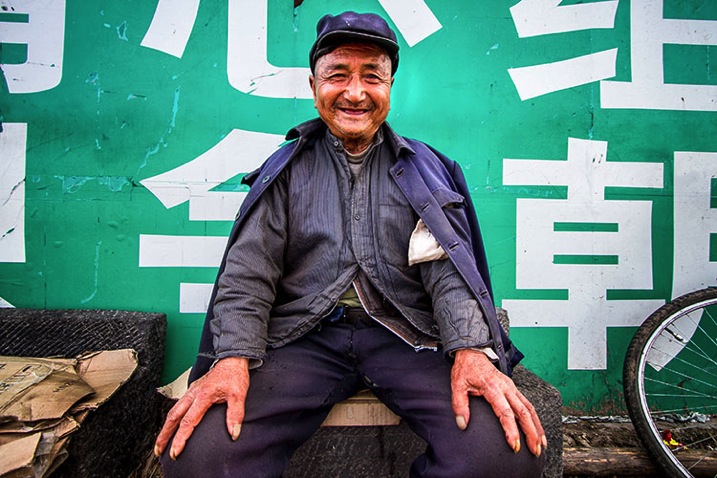
Using good eye contact I was able to approach this man with a wide angle lens.
This lets people know that you care for them first and the photo second. Showing a commitment to the person validates them, shows respect, and begins a level of trust. With these three elements you have created the foundation for friendship, and also opportunities for photography. It also allows them to duck out of the way if they don’t want to be photographed. Let your first impression to them be as a person and second as a photographer.
Chimp the photo, for others
Chimping is the act of looking at your LCD screen checking exposure, your histogram, etc., which is often accompanied by a short monkey like chirp in response to the image and thus the verbiage chimping. This is usually done for yourself, the photographer, but when you are travelling this a great communication technique. It immediately allows you to connect with the people around you. This is a great way for you to share the moment, especially with one person whom you would like to develop a better friendship, or to show more compassion. In many developing nations people have never seen a photo of themselves and the excitement is overwhelming. These moments can be the beginnings of longer term relationships, or at a minimum great photo opportunities.
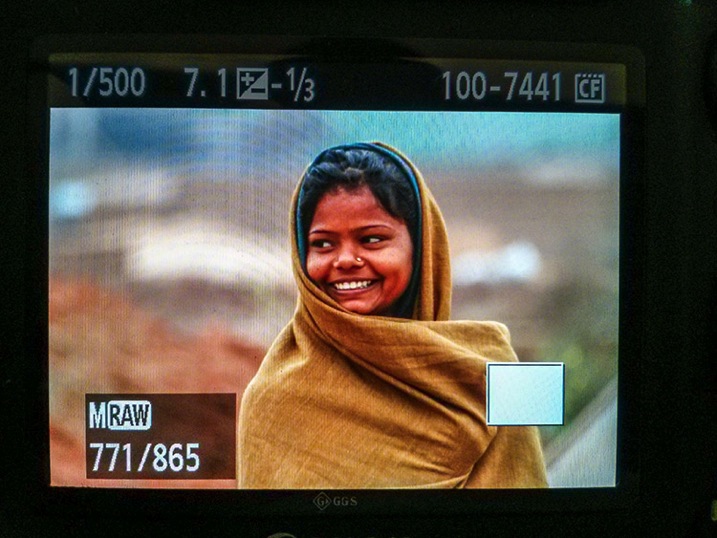
This young laborer had never seen a photo of herself before she saw the back of my LCD screen.
Let the scene develop
The Decisive Moment is a frequently used term in photography that suggests quick action, or always being ready as the moment presents itself. That the moment is fleeting. But, when developing relationships in different cultures, being patient is a virtue, thus, striking a balance between the two is to your advantage. In many cases some of the most interesting subjects may be more shy, reserved, or even curiously suspicious. After all you are on holiday -relax and enjoy the moment.
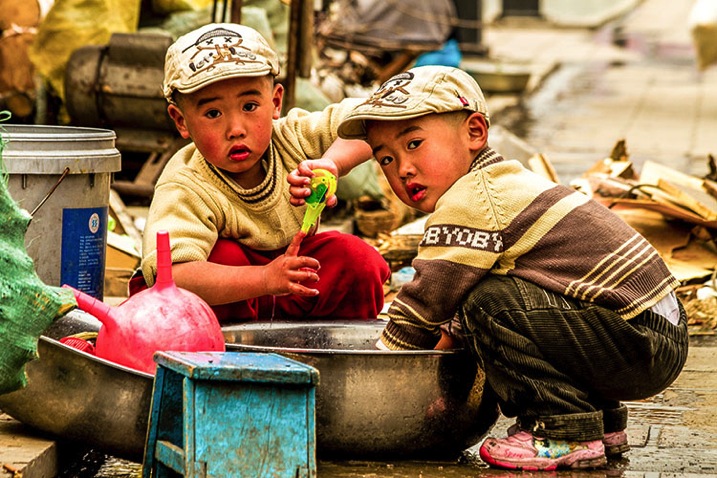
So many toys and one little boy suggested a friend must be near. Who knew it would be his twin.
Get rid of the voyeur attitude
You are a person and so are they; all the cultural bells and whistles are just add-ons. Yes, the costumes and customs make for great photos, but to them you have a costume too, so use this to your advantage. In some corners of the world you will definitely become the subject of the photo, or even the whole village. Wealth can be measured in many ways, so while poverty deserves empathy, pity could take away from possible friendships.
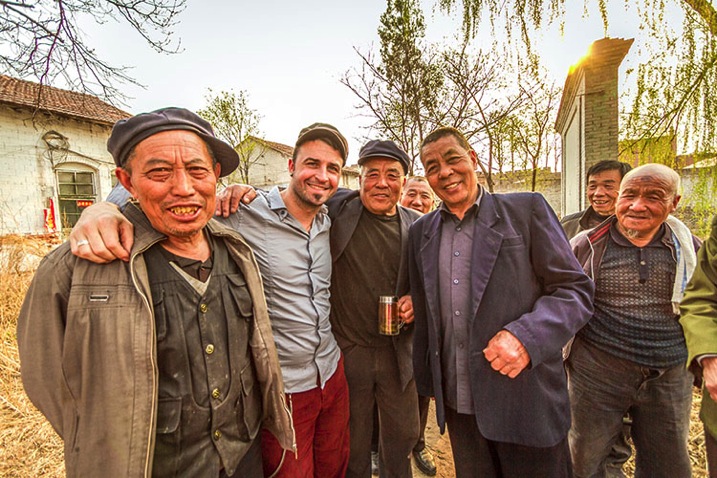
Someone sticks out like a sore thumb, just so happens to be the traveler, use that to your advantage.
Be adventurous and push your boundaries
Don’t be afraid to get out of your element. After all, that is why you are travelling and not watching a travelling program on the TV. Jumping on a camel cart or venturing into a local market are the norms for where you have travelled. It may be strange to you, but what is stranger, from their perspective, is why you wouldn’t get on, or go in. These places are great photography opportunities because the local people see you less as a tourist and more integrated into the everyday normal routine. They go about their business and you can go about your photography.

On the back of a moped with a local is a great way to see a city that is not documented in the guidebook.
Stick to your word
If you say you will send a picture, send the picture. That’s easier than ever now with email and mobile devices. There are so many social media platforms that sharing is almost hard not to do. Find out what is the popular social media in the area where you are travelling. Download the app back at the hotel over Wi-Fi and send out the photo. Even taking a picture of the back of your LCD screen with your smart phone and sending it that way shows that you care.
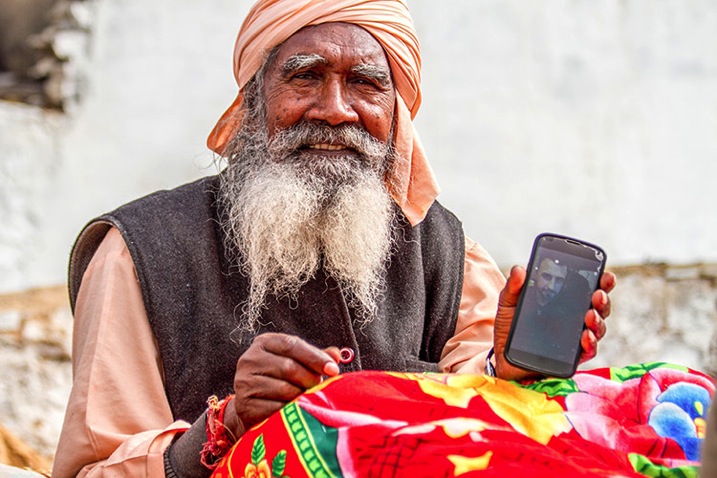
Mobile devices are pervasive and extremely important even in rural communities.
Wait, there is more! The really great news is that not only do you come home with some distinct and unique photos AND potential long term friendships from abroad, you will also gain fresh ideas about your own area which you knew so well. Why? When you have a cultural experience outside of your norm, it creates contrast to your normal life, and therefor can inspire you to see more creatively into what was your daily routine. This will open new opportunities for photography that you didn’t previously see. So, rediscover the uniqueness of your own culture when you return home.
Today with social media and modern technology, long distance friendships can be pursued more easily and cheaply than ever before. A single photograph can be the beginning of a long term friend. So share your photos, ideas and tips below.
googletag.cmd.push(function() {
tablet_slots.push( googletag.defineSlot( “/1005424/_dPSv4_tab-all-article-bottom_(300×250)”, [300, 250], “pb-ad-78623” ).addService( googletag.pubads() ) ); } );
googletag.cmd.push(function() {
mobile_slots.push( googletag.defineSlot( “/1005424/_dPSv4_mob-all-article-bottom_(300×250)”, [300, 250], “pb-ad-78158” ).addService( googletag.pubads() ) ); } );
The post Building Cultural Friendships with Photography by Branson Quenzer appeared first on Digital Photography School.

Digital Photography School
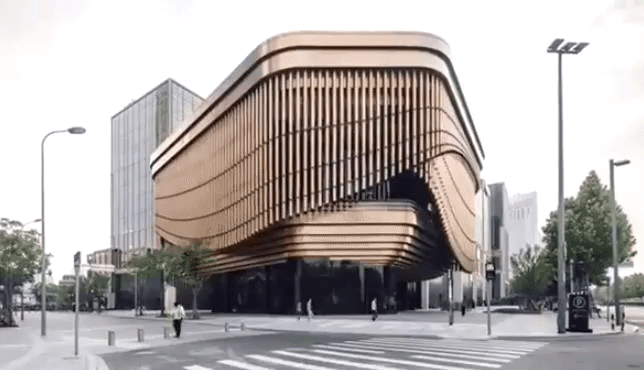
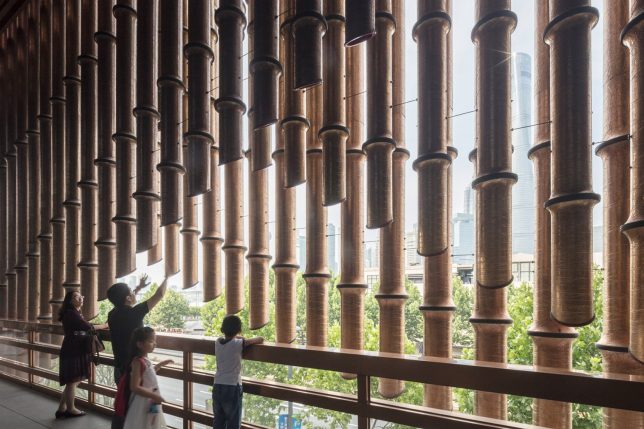
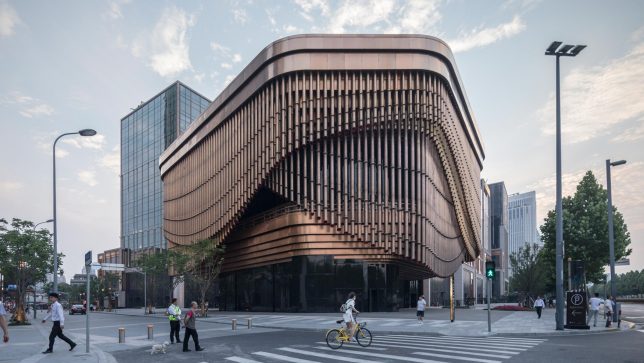
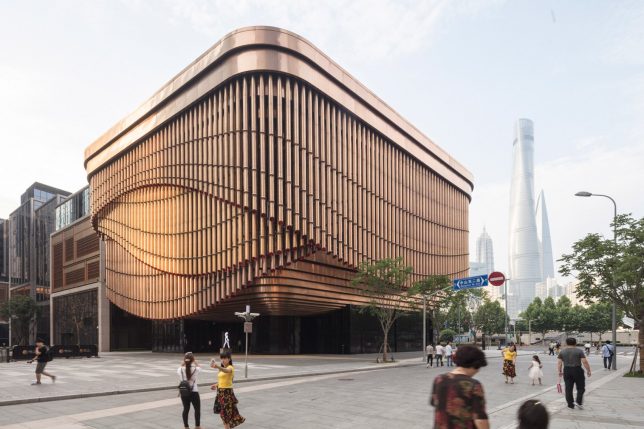
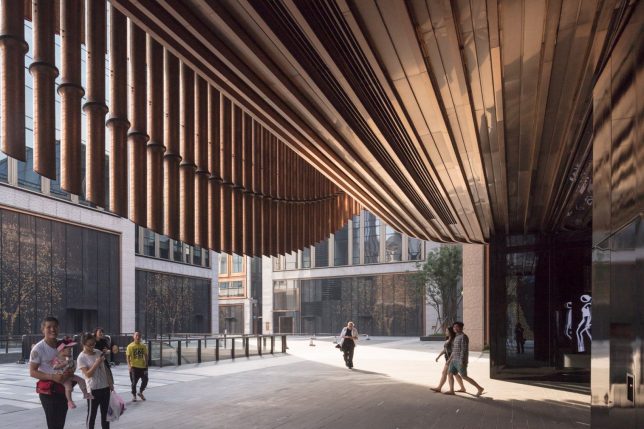
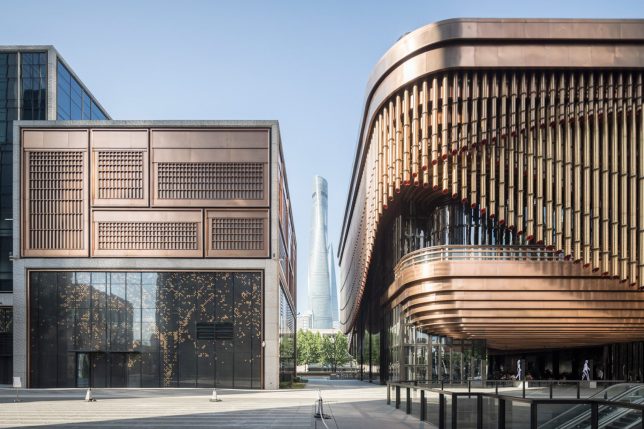









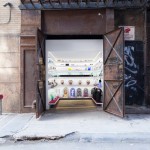
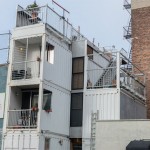
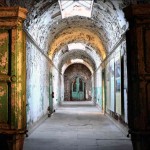




















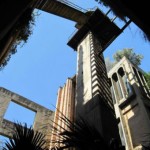
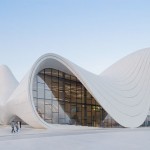






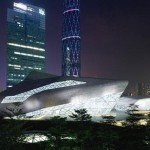
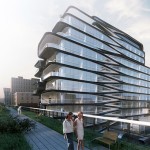
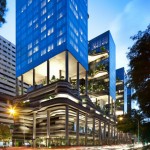
You must be logged in to post a comment.